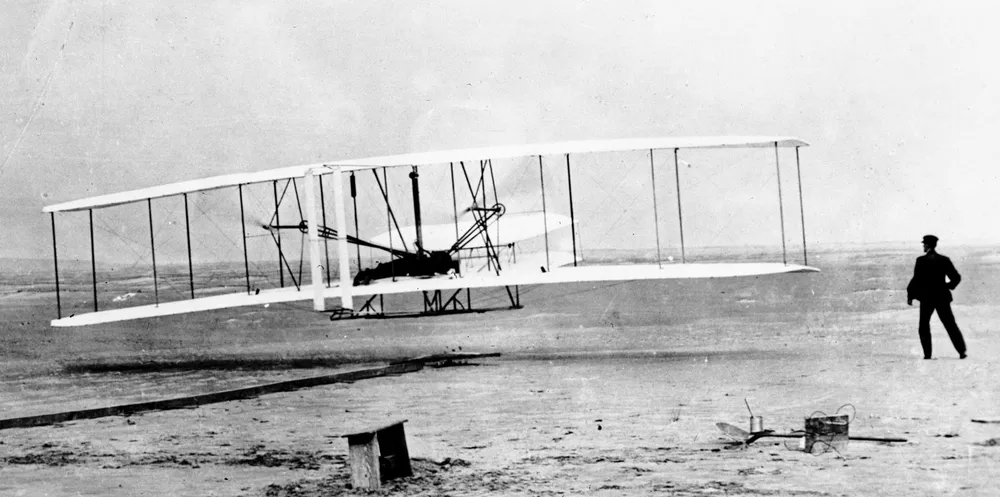US begins permitting process of the up-to-1GW first phase of Kitty Hawk offshore wind farm
Bureau of Ocean Energy Management starts review of construction and operations plan submitted by developer Avangrid as the Biden administration aims to speed up permitting

The US government announced it will begin an environmental review of the first 800MW to 1GW phase of Avangrid’s Kitty Hawk wind project off the North Carolina coast, a key milestone for what could become a 2.5GW development this decade.
Since President Joe Biden took office in January, his administration has worked to develop “efficient and effective processes” for reviewing project plans by existing commercial offshore wind leaseholders along the Atlantic coast.
This is crucial for the US to have any chance of meeting Biden’s ambitious 30GW-by-2030 goal for the sector. To date, only one project, the flagship 800MW Vineyard Wind has obtained a green light to proceed to construction. There are at least ten other projects in the permitting queue.
The Bureau of Ocean Energy Management (BOEM), the federal industry regulatory body, will review the construction and operations plan (COP) submitted last December by Avangrid, which is 81.5% owned by Spain's Iberdrola.
A COP describes plans for project construction, operations, and conceptual decommissioning under a commercial wind lease.
US law requires federal regulatory agencies to prepare an Environmental Impact Statement (EIS) prior to making decisions for infrastructure projects.
As part of BOEM’s environmental review, the agency must first identify what should be considered in the EIS, such as important resources and issues, potential impacts to the environment, reasonable alternatives and mitigation measures.
BOEM published a so-called Notice of Intent to prepare the EIS today in the Federal Register, the official record of the US government. This also opened a 30-day period for public comment on its decision to proceed with the environmental review.
Avangrid is proposing to install up to 69 wind turbines, one offshore substation, and up to two transmission cables that will make landfall in Virginia Beach, Virginia.
Avangrid CEO Dennis Arriola last week said Kitty Hawk will provide electricity for both North Carolina and Virginia, noting their offshore wind targets of 8GW and 5.2GW, respectively.
“This project, if approved, would be the first to operate offshore North Carolina and has the potential to provide considerable economic benefits to the region during construction and throughout the project's lifetime,” BOEM said in a statement.
North Carolina, Virginia, and Maryland have formed a partnership to “promote, develop, and expand offshore wind energy generation and the accompanying industry supply chain and workforce”.
BOEM noted that the Kitty Hawk development could help the three states promote the region as an offshore wind energy and industry hub and expand its supply of renewable energy.
(Copyright)